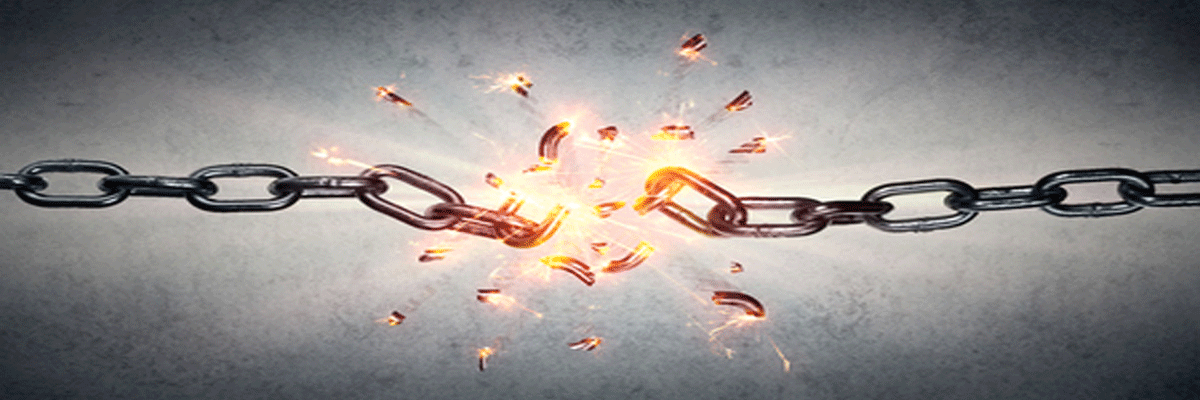
When should “backdoor,” “backseat,” or “rearview” be one word, and when should it be two?
Get it wrong, and most readers won’t notice.
Get it right, and nobody will be alarmed. Isn’t that what you want?
If you’re already having trouble remembering the hundreds of grammatical rules, you’re not wanting to memorize dozens more. So instead of rules, let’s look at the principle. Understand that, and you’ll have a good feel for what works best.
All the following sentences are grammatically correct:
- Billy slipped out the back door.
The police covered the backdoor entrance as well as the front. - Suzie was sitting on the back seat, her safety belt buckled.
Aunt Ethel was a licensed backseat driver. - The rear view reveals where you’ve been, not where you’re going.
As she slammed the brakes, Mom checked the rearview mirror to be sure nobody was following too close. - He acts that way almost every day.
Everyday clothes are not suitable for formal affairs.
Can you see the difference between the two words in the first sentence and one word in the second?
(1) In the first sentence, door, seat, view, and day are all nouns, with the preceding back, rear, and every distinguishing which door, seat, view or day we’re talking about.
(2) In the second sentence, the nouns are entrance, driver, and mirror. To identify the entrance, driver, or mirror, the adjective and noun in the first sentence become a single-word adjective. We need the one-word modifier so readers won’t think we have a “door entrance” or “seat driver” in the back, or a “view mirror” in the rear.




You said that very well. Thanks.
Brilliant, Frank! You take everyday problems writers wrestle with and give us solutions we can use every day. (Did I do that right?)